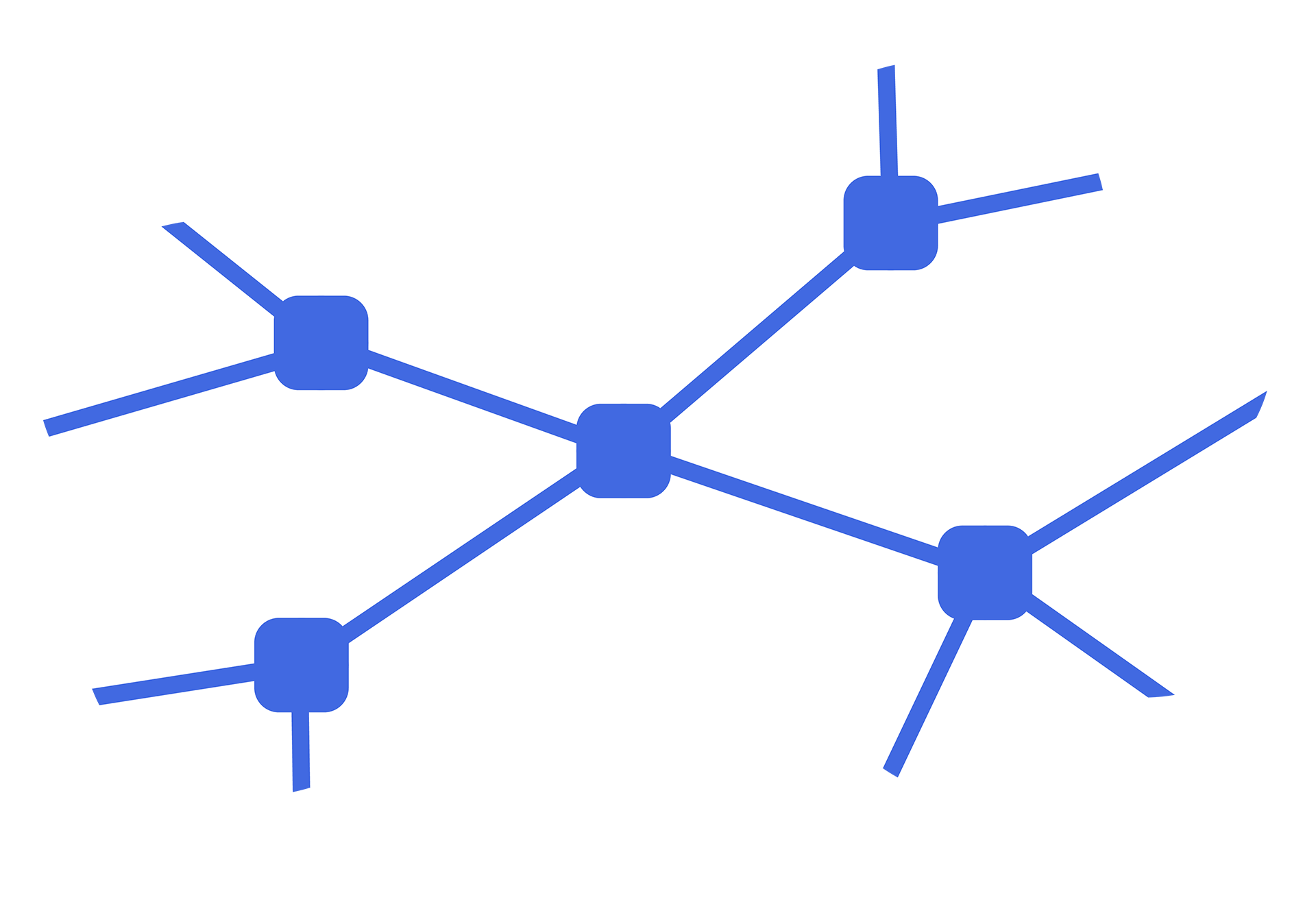Actionable insights with AR/VR attention data

Spatial tracking reveals actionable insights to optimise AR/VR projects
Understanding the specific areas of an AR or VR experience which get the most attention is essential insight for XR companies and their clients. Are people spending time viewing the areas you expect them to, which areas do they look at first (versus last) and does this support your business objectives? Analysing freeform behaviour with 3D spatial content doesn’t always follow the UX/UI design when an AR/VR experience is released into the wild. Human behaviour in 6DOF spatial environments is often unpredictable and surprising so spatial tracking surfaces actionable attention insights to optimise the success of AR and VR projects.
Attention heatmaps deliver a complete picture of AR/VR user behaviour
Attention area heatmaps shows the time spent viewing specific areas of a scene or object (including individual objects tracked within a scene). Attention priority heatmaps track the sequence of attention across scenes and objects to measure the order that people viewed different areas. Attention metrics add invaluable insight to existing data on total session/dwell time and clicks/interactions to deliver a complete picture on user behaviour. The areas which don’t get much attention are often as insightful as those that grab most user attention so we’ve highlighted the key insights which help our customers measure their AR/VR projects against business goals.
Optimise AR/VR storytelling to deliver marketing and advertising objectives
The narrative for AR/VR marketing and advertising projects needs to meet campaign objectives such as brand awareness and conversion rates. Number of views, dwell time and interactions are fine for desktop/mobile computing but don’t give you the full picture when it comes to user behaviour in spatial computing. Actionable insights include:
Communication objectives (conversion targets etc) based on levels of attention given to different parts of the storytelling experience provides a hierarchy of communication. Optimising the most important messages based on campaign objectives drives KPIs in the right direction e.g. ensuring actions/events have high attention drives higher conversion rates.
Brand asset recognition (logos, text etc) as a percentage of the overall experience to measure brand recall and whether brand standout needs to be dialled up/down. Creative executions sometimes dominate brand messages (and visa versa) so optimising brand asset placement and timings delivers higher brand recall.
Interactive elements (buttons, menus etc) and the priority of these actions shows whether people see these in the optimal sequence. Millisecond visual scanning of a scene or object doesn’t always follow the desired order of events so optimising interactive elements by position, size and timing increases engagement with the right elements at the right time.
Digital Twin and AR/VR enterprise projects with attention metrics
Virtual versions of products, equipment, factories, buildings and cities enable companies to improve designs, reduce maintenance costs and increase operational efficiencies. Adding attentional data to IoT sensors and interaction data of digital twin assets delivers an invaluable layer of insight on user behaviour in real world conditions. Actionable insight examples:
Design comprehension based on distribution of attention across all areas of the asset validates ‘big picture’ objectives where people need to understand the entire experience e.g. architectural designs or construction sites in the context of existing buildings.
Diagnostic details on high versus low attention areas highlight whether the most important components naturally receive people’s focus e.g. aerospace engine or manufacturing process which needs operatives to identify and test a maintenance issue.
Risk assessment of activities which should receive high attention levels to specific tasks or important components are identified as needing improvement e.g. medical equipment or emergency procedure with blind spots which need more attention to quicky spot a problem and respond to a situation.
10 benefits of spatial tracking for actionable AR/VR attention insights
CORTEXR data analytics plug-in enables all AR/VR companies to access actionable attentional insights as standard practice. From Education, Training and Research to Healthcare, Manufacturing and Retail, advanced data analytics are at your fingertips.
1. Spatial tracking for spatial computing unlocks attention data analytics across all headsets and handsets.
2. Analyse real-time attention across all devices and platforms with prebuilt dashboards and heatmaps.
3. Standardised attention metrics deliver insights across all projects without needing data analytics expertise.
4. Track attention levels throughout project lifecycle with data insights pre/during/post project live dates.
5. Create more realistic and immersive experiences by optimising attention levels across all scenes and objects.
6. Improve UX/UI by optimising natural attention towards specific content areas, events and interfaces.
7. Analyse hierarchy of user attention to optimise priority areas and order of views against business objectives.
8. Boost user engagement, interaction and conversion rates by combining attention data with Google Analytics.
9. Identify and diagnose unexpected user behaviours and poor performing elements to improve business goals.
10. Benchmark attention measures across all projects to drive innovation and increase performance levels.
